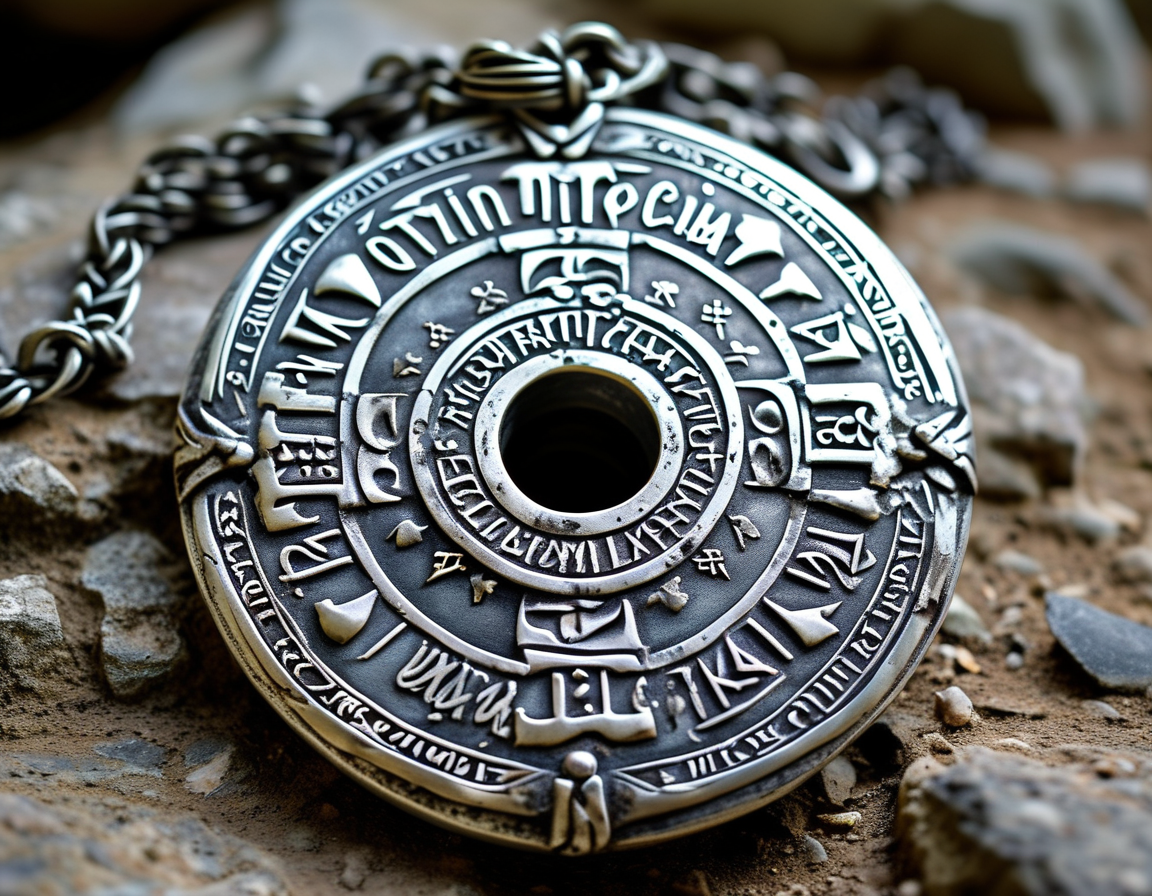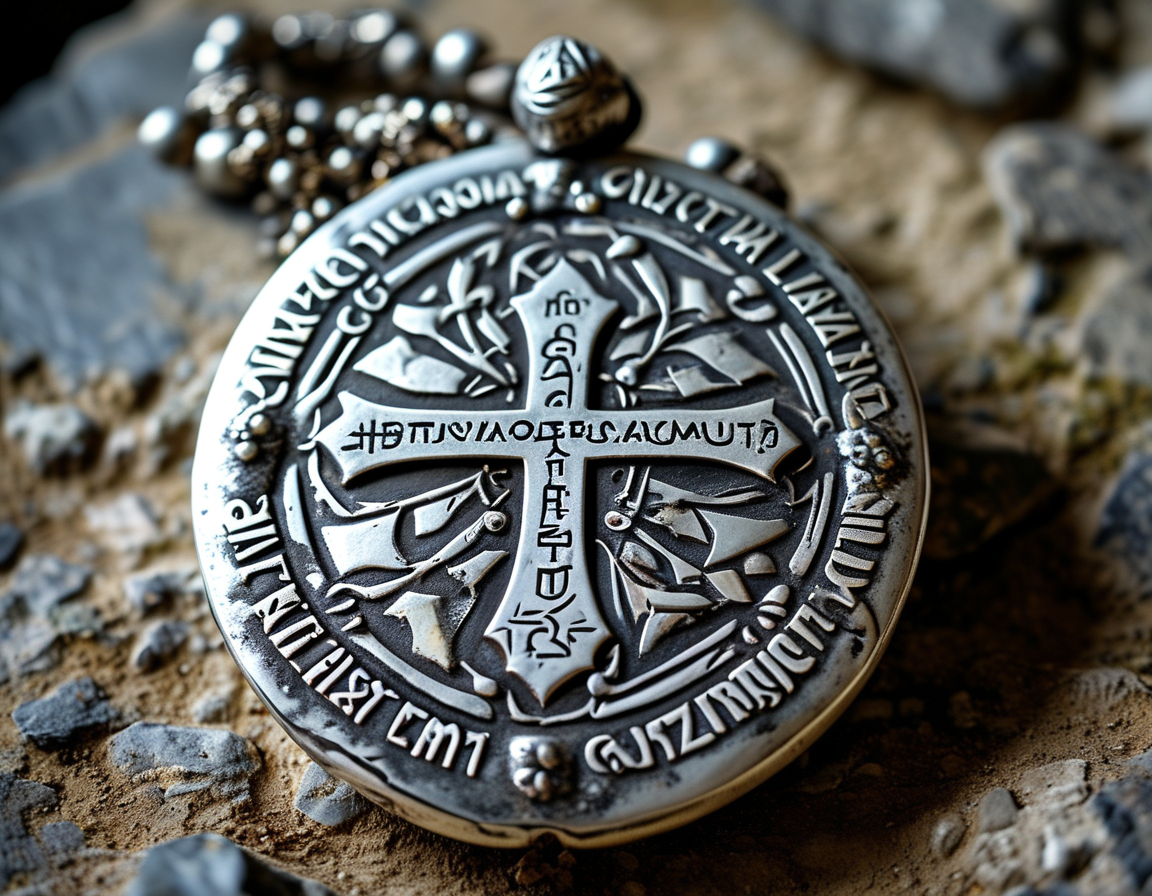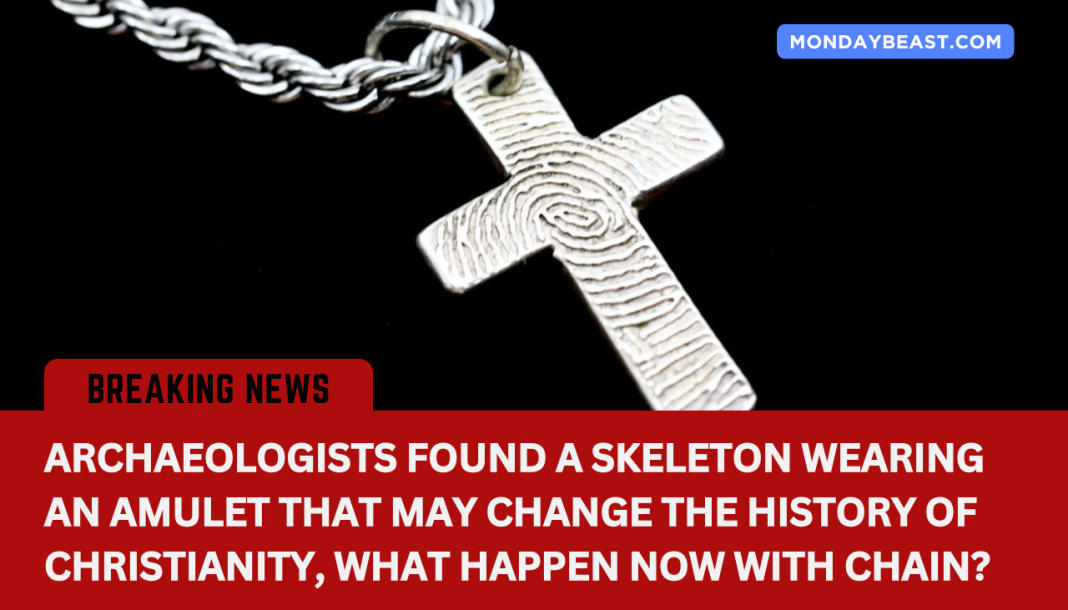The Unveiling of a Hidden Message
An astonishing discovery emerged from the dust of history. Archaeologists in Germany unveiled a silver amulet, believed to be nearly 1,800 years old. This artifact holds the earliest known evidence of Christianity north of the Alps. Wrapped in mystery, the amulet indeed sparks wonder. How many more secrets lie buried beneath the soil, waiting to rewrite our understanding of faith and culture?
The amulet, adorned with an 18-line Latin inscription, was found beneath a skeleton’s chin. This small piece of silver foil—just 1.37 inches long—offers profound insights into the spiritual beliefs of a man who lived during the rise of Christianity. How powerful was one’s faith in those times that a man would choose to take such a symbol to his grave?

It is intriguing to think about the societal context. In a period when professing Christianity was dangerous, this finding challenges our perceptions of religious expression. While examining the remains of what was once a Roman city, archaeologists stumbled upon a treasure trove of history in what they dubbed “grave 134.” This incredible discovery has serious implications for our understanding of early Christianity’s evolution in the Roman Empire.
A Technological Breakthrough
Yet, how did scientists reveal the text from such fragile relics? The answer lies in state-of-the-art technology. A computer tomograph at the Leibniz Center for Archaeology allowed researchers to create a 3D model of the crumpled silver sheet. Ivan Calandra, managing imaging processes, described the revelation as a complex puzzle. The amulet’s inscription had become more than just history; it was an enigma yearning to be solved.
The meticulous work of deciphering the 18 lines took time. Experts from various fields collaborated to make sense of damaged edges and faded script. Imagine the thrill of piecing together a message that spans nearly two millennia! What thoughts must have raced through their minds as they uncovered words of devotion long forgotten?

In this digital age, it’s amazing to see ancient artifacts come to life. The collaboration of historians, archaeologists, and linguists demonstrates a rich tapestry of interdisciplinary study. Does this suggest that more discoveries await our embrace, hidden in the shadows of antiquity?
A Testament to Faith
What does the inscription say? It reveals profound devotions to Jesus Christ. Phrases like “holy, holy, holy!” echo sentiments far ahead of their time. Moreover, references to Saint Titus point to a budding Christian community amid Roman polytheism. It suggests that believers sought strength in their faith, even when facing persecution. Could there be a more powerful message from the past, one that still resonates today?
Such expressions of reverence happened amid an era when professing Christianity could lead to death. Imagine the bravery it took for this man to declare his faith during such trying times. As scholars impose context upon this find, the reality strikes deep. This is not just a relic; it is a testament to resilience and unwavering faith.

It raises questions about the personal journeys of early Christians. How did this man navigate such perilous terrain of faith? What does his belief tell us about the early spread of Christianity?
A New Chapter in Religious Studies
The impact of the Frankfurt Inscription cannot be understated. With every discovery, the fabric of religious understanding evolves. Ina Hartwig, Frankfurt’s head of culture, believes this find will fuel research across various domains. Everything from archaeology to religious studies will take on new dimensions.
Mike Josef, the mayor, echoed this sentiment, highlighting the significance for both Frankfurt and the broader historical narrative. This “scientific sensation” may prompt us all to delve deeper into human spirituality. What other narratives exist in the layers of dirt beneath our feet?
As Christmas approaches, this extraordinary revelation provides a poignant reminder of faith’s impact across centuries. This find does not just reside in a museum; it lives through the stories it tells. Are we ready to embrace the complexity of history, especially when it comes to matters of faith?
In the end, this small silver amulet’s legacy resonates deeply. It encourages reflection on the enduring nature of belief amidst adversity. Will the implications of this discovery shift how we perceive faith in a modern context? Only time will tell, but our understanding of spirituality is undoubtedly richer for it.




